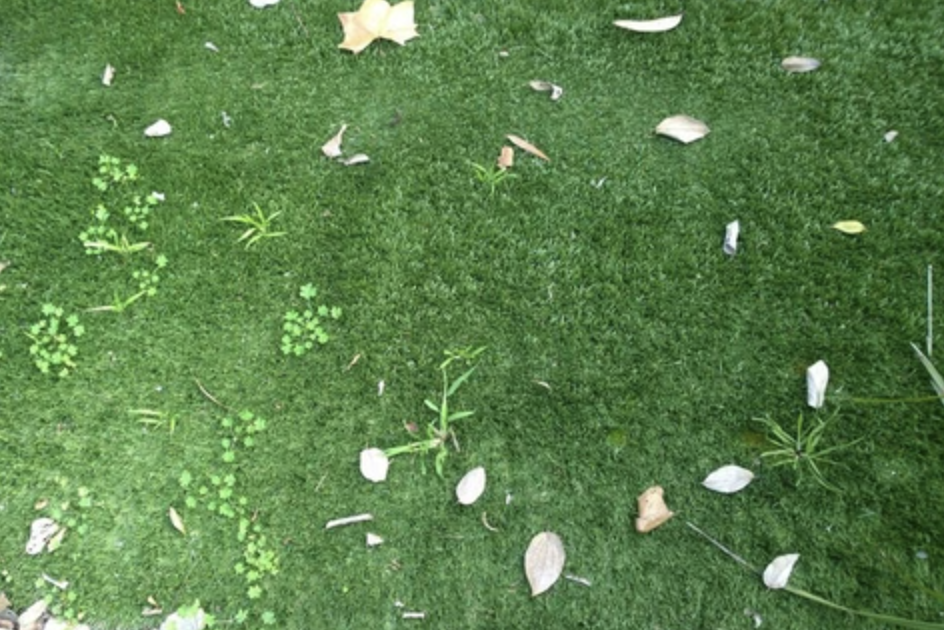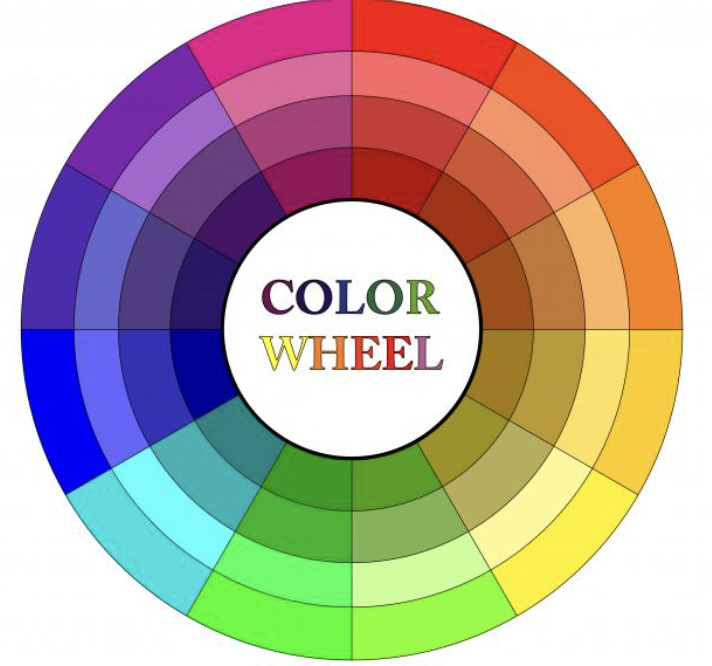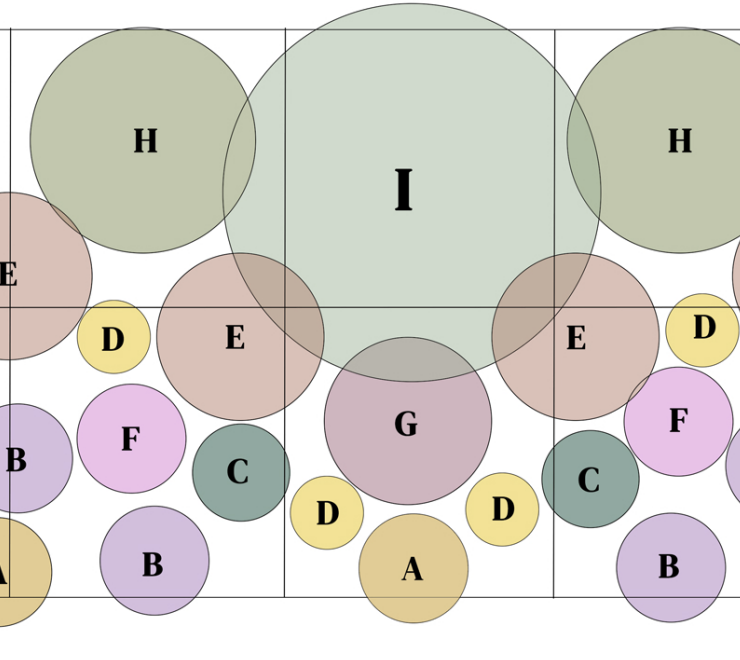Millennials, Stop Making These 5 Garden Mistakes!
Gardening is a skill you only ever acquire through getting your hands dirty — by actually doing it. No matter how much you read, nothing beats practical learning in your own garden.
As many of us millennials take on homes with gardens for the first time, the task of acquiring such knowledge can feel like a mountain to climb.
Here’s my top mistake I see other millennials make in their first gardens:
Artificial Grass (Astro Turf)
Many of us are time-poor and, let’s be honest, lack the energy to care for a proper lawn. So we think artificial grass is the easy way out.
WRONG. It’s horrible stuff.
On a budget, it simply looks bad. With a large budget, it might look good and green year-round — but what about the environmental impact? It’s still plastic. Over time, sun exposure breaks it down, releasing microplastics into our environment. As if we need more of that.
It’s also terrible for biodiversity. Honestly, it couldn’t be worse. Humans instinctively shy away from artificial spaces — and so does our beautiful wildlife.
And if you don’t care about that, think about maintenance. Artificial grass is marketed as “low maintenance,” but that’s a lie. Sure, there’s no mowing (yay?), but it still gets dirty.
Pets? Good luck cleaning their mess out from between the plastic blades.
Leaves still fall and need raking.
It needs regular hosing down.
And if it’s laid incorrectly, weeds will still creep through.
Meanwhile, with a real lawn, leaves, dust, and animal excrement all naturally break down and become part of the soil.
Solution:
Plant a real lawn. If you don’t have time to make it perfect, that’s fine — let the little weeds grow. They provide valuable habitat and food for pollinators.
If you can’t stand a “mongrel” lawn, don’t have a lawn at all. Close in the garden beds and give your outdoor space over to plants.
2. Only Gardening at the Borders
Following on from my last point — why are we so obsessed with only planting along the edges or fences of our gardens?
Nothing screams “I DON’T KNOW WHAT I’M DOING HERE” like thin, straight borders that trace the exact line of your fence.
✅ Solution:
If you want to keep a central lawn, create curved, deeper borders. Curves are far more appealing to the eye and bring a sense of calm and flow to a garden. Don’t be afraid to bring planting beds further into the space — it gives the garden more structure, character, and layers.
3. Planting Just One of Everything
This is such a classic rookie error. You go to your local garden centre, get caught up in all the plants and buy a collection of single plants. you come home to plant it out and wonder what’s gone wrong! A single lonely plant here, another over there — it lacks rhythm, structure, and impact and a wow factor!
Solution:
Think groups and repetition. Planting in clusters (odd numbers work best — 3, 5, or 7) gives a more intentional, cohesive look. Repeating the same plants around the garden creates a sense of flow and harmony, making even a small space feel designed rather than thrown together.
In my garden design work, depending on the project I may only use 9-15 (odd numbers again) different species of plants total and repeat them throughout the garden.
Save the single plant approach focal points, like a feature tree!
4. Clash of Colours
It’s so easy to get carried away at the garden centre — all those vibrant flowers shouting “pick me!” from every corner. Before you know it, you’ve got a trolley full of reds, purples, yellows, oranges, and pinks… and once they’re all blooming together, it looks less like a garden and more like a pack of highlighters exploded.
Colour matters. When everything is competing for attention, nothing stands out. Instead of feeling calm and balanced, the space can feel overwhelming and messy.
✅ Solution:
Pick a colour palette and stick to it. Choosing two or three main colours and repeating them throughout the garden creates a sense of harmony and sophistication.
A simple way to start is to use the colour wheel as a guide:
🎯 Analogous colours: These are colours that sit next to each other on the wheel (e.g., purple, pink, and blue). They blend beautifully and create a soft, harmonious feel.
🌼 Complementary colours: These sit opposite each other on the wheel (e.g., purple and yellow). Used carefully, they create striking, vibrant contrasts — but if overdone, they can clash badly.
Executed well, you might choose a dominant colour palette of purple, pink, and white, then introduce a single plant species with yellow flowers to add a pop of contrast. This subtle touch complements the entire palette and feels intentional.
What doesn’t work is a 50/50 split — half the garden in purples and pinks and the other half in bright yellow. That kind of heavy clash will look chaotic and, frankly, horrid.
Foliage colour counts too — silver leaves, deep greens, or burgundy tones can act as neutral backdrops or dramatic contrasts, helping tie everything together.
Of course, if you love a wild cottage-garden vibe, you can go bold and bend the rules— but even the most “natural” looking gardens are usually carefully colour-curated by the garden deisgner.
5. Working to No Plan (Ad Hoc Gardening)
This might be the biggest mistake of them all. Many new gardeners get out into the garden without any clear idea of what they want or how to achieve it — they pick up plants they like, pop them in wherever there’s space, and hope for the best.
The result? A disjointed patchwork that never quite looks right and performs poorly. Now, as a garden designer, of course I’ll tell you that you need a solid design. But at the very least, you need a loose plan and a clear objective for your outdoor space.
Gardens evolve over time, but having no plan at all usually leads to frustration. You end up moving plants around constantly, overcrowding some areas while leaving awkward gaps elsewhere.
✅ Solution:
Take the time to step back and design, even if it’s just a rough sketch. Think about:
Shapes and structure – Where will your paths, beds, and lawn go? What about space for your waste bins and washing line? Not glamorous, but thinking about these practical things first saves a lot of heartache down the line.
Focal points – What do you want to draw the eye toward? (e.g., a tree, sculpture, or seating area)
Plant heights and layers – Tall at the back, medium in the middle, low at the front for depth.
Seasonality – Consider what the garden looks like year-round, not just in spring.
Your plan doesn’t have to be perfect or final — gardens are living spaces and will change. But even a simple framework gives you direction, stops you wasting money on impulse buys, and helps you create a garden that feels intentional rather than accidental.








